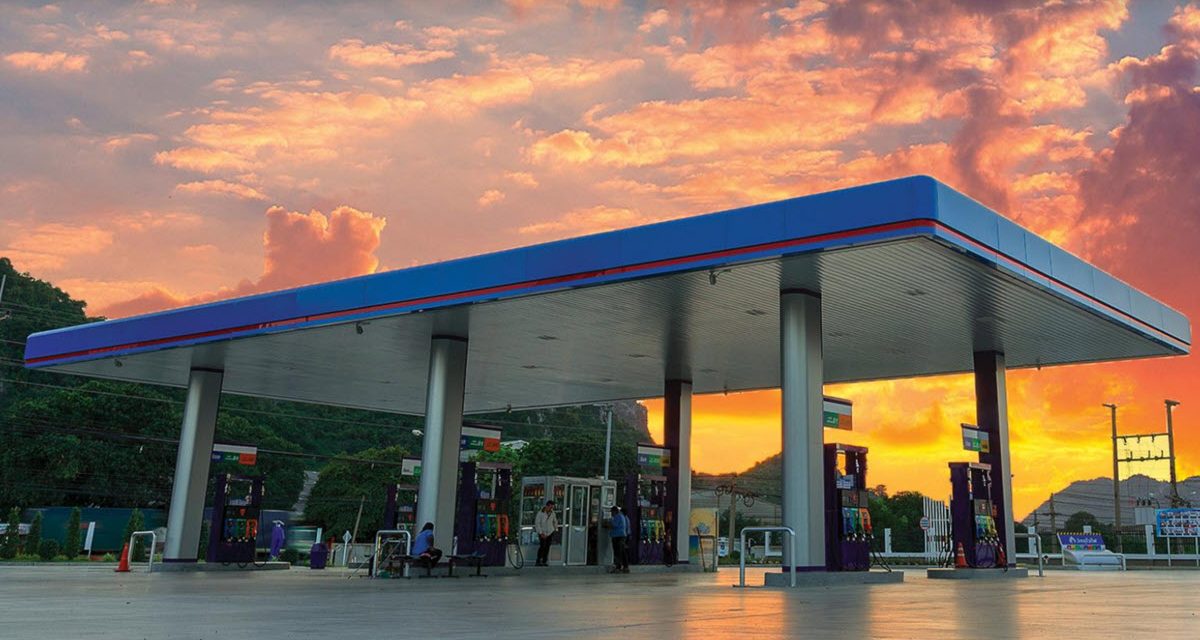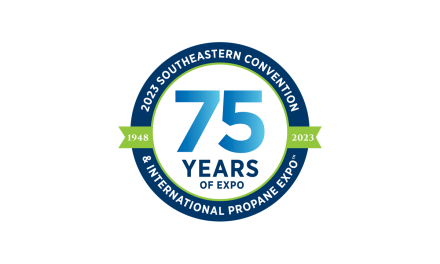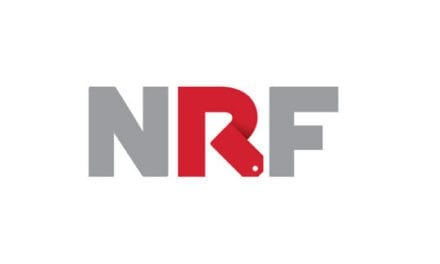Be proactive when monitoring fuel-storage equipment function.
By Ed Kammerer
While the exact origin of the saying, “Out of sight, out of mind” is up for debate, the meaning is clear. People tend to not think about something or someone if they do not see that thing or person for a long period of time.
This brings us to the owners and operators of retail fueling locations.
When it comes to the components in the underground fuel storage and dispensing system at the fueling site, they can hardly be blamed if an “out of sight, out of mind” attitude develops. After all, the most significant word regarding the location of the components in an “underground fuel-storage system” is the first one—underground.
Since these components are installed below grade and then rarely seen afterward—in many instances, for 5, 10, 20 or more years—the instinct of the site operator, unless obvious leaks or damage occur, is to assume they are working properly. But while the equipment is the same, the world around it is not, in three very significant ways for fuel site operators:
- Underground storage system equipment has continued to evolve, becoming more advanced, reliable, safe and cost effective. Think of it like this: When you buy a new smartphone, you don’t buy Version 1.0, you buy the latest technology. The same mindset should be applied when purchasing storage system components.
- The list of ever-changing federal, state and municipal regulations aimed at improving the safety of fuel storage systems may mean that the components at the retail fueling site are now out of code, making the operator susceptible to fines or, in the worst-case scenario, shutdown.
- The motor fuel menu has expanded to much more than regular and unleaded gasoline and diesel fuel since the turn of the century. Because of this, there’s a chance that today’s reformulated gasoline and diesel, along with the expanding array of alternative fuels, may not be compatible with storage system components that are 20 years old.
Be Proactive, Not Reactive
Considering the expansion in equipment options, safety regulations and fuel menu, we recommend that retail fuel site operators take a proactive approach when it comes to their underground fuel system equipment. Specifically, upgrading systems by replacing old equipment before it experiences a breakdown and installing the current platform of equipment that is available today is the ideal path to follow. This means avoiding dated equipment specs that may be cheaper to purchase, but may also, in the long run, contribute to unnecessary delays or disruptions to your business, which can have a negative effect on your reputation and relationship with your client base.
The capabilities of storage system equipment are so much more advanced than they were in the 1990s. Today’s components are more feature-rich than past iterations, while also having a lower total cost of ownership. For example, the evolution of storage-system piping has reached a point that if you’re installing piping that needs a secondary jacket to be trimmed, glued or welded with joints directly buried in the ground, or it’s not conduit-less (usually because that alternative is cheaper), you might end up wasting time and money in the long run.
There is an almost common-sense feel to being proactive in maintaining an underground fuel storage system. Since retail fueling companies invest so much money in their overall networks, it should be obvious that they should invest in the best technology. In other words, if a site costs $2 million to construct, spending another $500 on a better tank sump or a conduit-less tank sump shouldn’t be a deal breaker.
In the long run, the true beneficiaries of fueling sites with operators who are proactive in the outfitting, operation and maintenance of their fuel-storage systems are their customers. More than anything, consistently delivering a positive customer experience is the foundation of a successful retail fueling business. Drivers don’t just fill up their tanks for the sake of filling up their tanks (especially as fuel prices continue to rise); they do so to keep their vehicles operating as they go about their busy days. If the site is down because of a leak or equipment breakdown, or the fuel flow is slow because of a malfunctioning pump, that’s a bad impression that may cause the driver to look for another gasoline station to visit.
Customers are looking for convenience when filling up their vehicles and strive to realize some level of “immediate gratification” syndrome during the transaction. If the fueling site is open, the pumps are clean and the fuel flows freely, it enables them to get in and out quickly and increases the likelihood that they’ll be back.
Manufacturers of fuel storage systems are always looking for new and innovative ways to advance system performance, either through upgrades of existing products or the development of new ones. That’s why the market is now able to offer such advances as watertight tank sumps (featuring both conventional and no-drill technology), double-wall spill containers, conduit-less dispenser sumps and turbine enclosures, and rigid entry fittings or hybrid entry fittings for use in installations where conduit-less construction is not an option. There also have been notable innovations in underground components that can be reached, repaired and replaced without breaking forecourt concrete. These advances include flexible piping systems, testable overfill-prevention valves and emergency shut-off valves.
It’s undeniably hard for fuel site operators to avoid an “out of sight, out of mind” posture when considering the performance of underground fuel storage components and systems, but there can be great value in being proactive in the care and upgrade of these critical pieces of equipment. Being proactive enables operators to stay ahead of any problems and is a much more efficient, safe and cost-effective way to run a business.
 Ed Kammerer is the director of global product management for OPW. He can be reached at [email protected]. OPW delivers product excellence and a comprehensive line of fueling equipment and services to retail and commercial fueling operations around the globe. For more information on OPW, go to opwglobal.com.
Ed Kammerer is the director of global product management for OPW. He can be reached at [email protected]. OPW delivers product excellence and a comprehensive line of fueling equipment and services to retail and commercial fueling operations around the globe. For more information on OPW, go to opwglobal.com.









